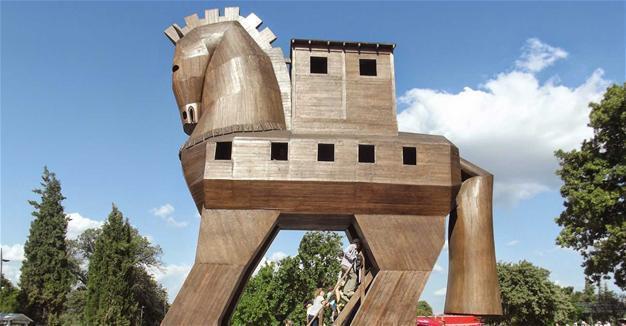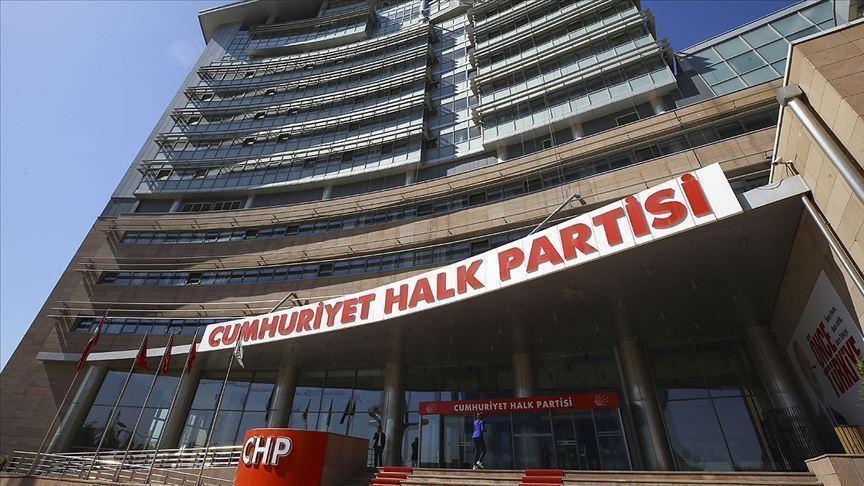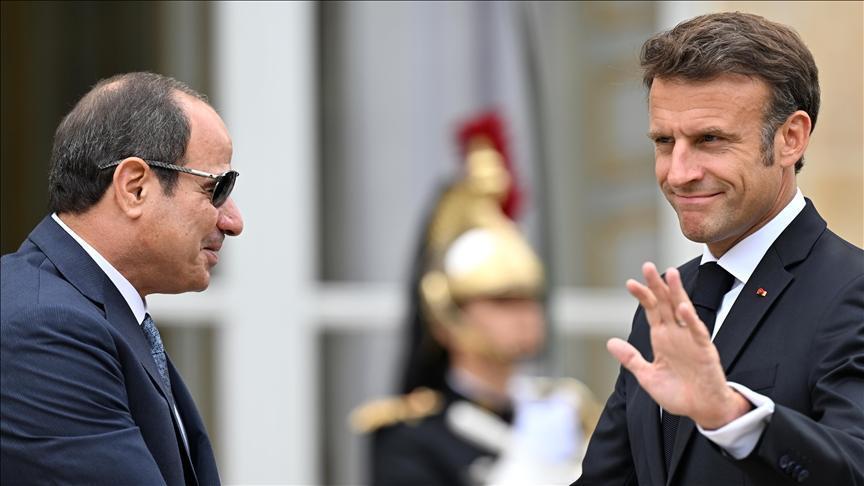Terror fear hits Troy
ÇANAKKALE – DHA
 The 5,000-year-old ancient city of Troy, in the northwestern Turkish province of Çanakkale, is among the places that suffered from terror attacks over the past year, with the number of visitors decreasing by more than half in 2016 compared to the previous year.
The 5,000-year-old ancient city of Troy, in the northwestern Turkish province of Çanakkale, is among the places that suffered from terror attacks over the past year, with the number of visitors decreasing by more than half in 2016 compared to the previous year.According to information provided by the Provincial Culture and Tourism Directorate, Troy, which has been on UNESCO’s World Heritage List since 1998, was visited by 491,205 people in 2015 but this figure fell to 229,207 in 2016.
In total, the ancient sites and museums in Çanakkale received 639,644 visitors in 2015. Among them, 14,941 people visited the Archaeology Museum, 491,205 people visited the Troy ancient city, 112,705 people visited Assos, 8,608 people visited Alexandria Troias, and 12,113 people visited the Smintheion Temple.
Last year, the total number of local and foreign tourists visiting these five sites was just 367,933, mirroring the general decline in Turkey’s tourism sector.
Speaking about the fall in tourist numbers last year, Armağan Aydeğer, an executive board member of Çanakkale Tourism Companies, Hoteliers and Investors Association (ÇATOD), said the reason for the fall in tourist numbers in Çanakkale was instability and security concerns.
“We can say that the number of visitors to Troy decreased by 45 percent last year. Of course we are worried about this situation. There are a lot of reasons but the top reason is the terror events that we experienced last year. Security-related issues were the biggest handicaps for tourism movements in the region and in our country,” Aydeğer said.
“2016 was a tough year for Turkey. There is an ongoing civil war right next to our border in Syria. There is also the refugee crisis, which reached 4 million people. All these things have hit us,” he added.
In parallel to the last year’s foreign tourist problems, Aydeğer said there was also a serious constriction in the domestic market.
“The number of overnight stays was about 205,000 for foreign tourists in 2015 but it was 62,000 as of September 2016. This is a contraction of some 65 percent. In the domestic market, it fell from 500,000 to 397,000. Here we are talking about a 15 percent loss of market. In order to compensate for the 65 percent loss in the foreign market, we definitely need strategic planning and strategic communication tools,” he added.
















